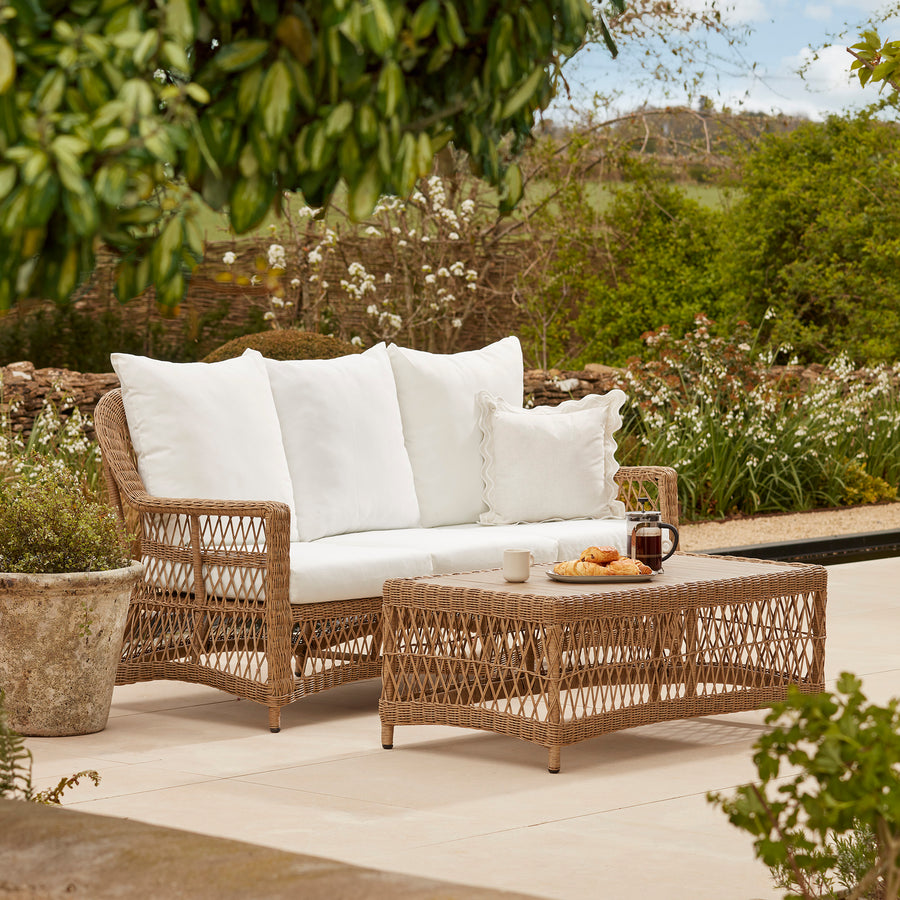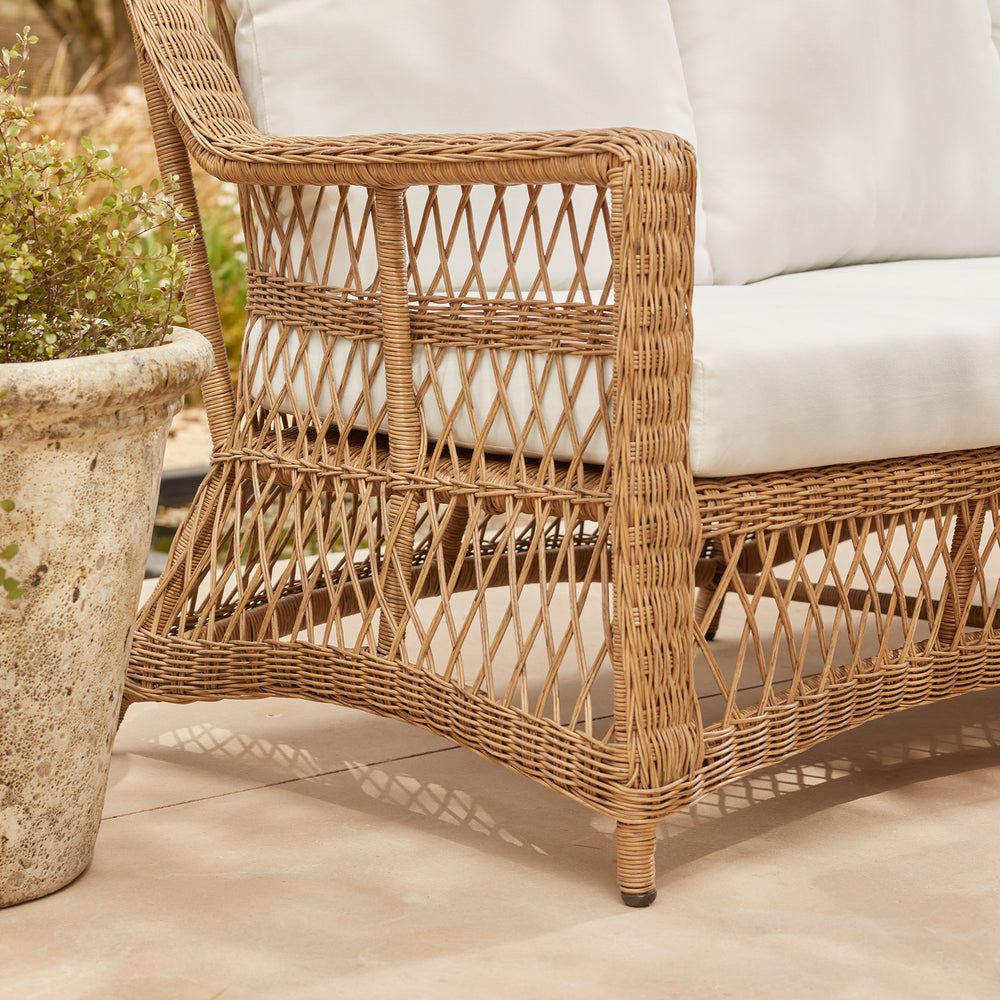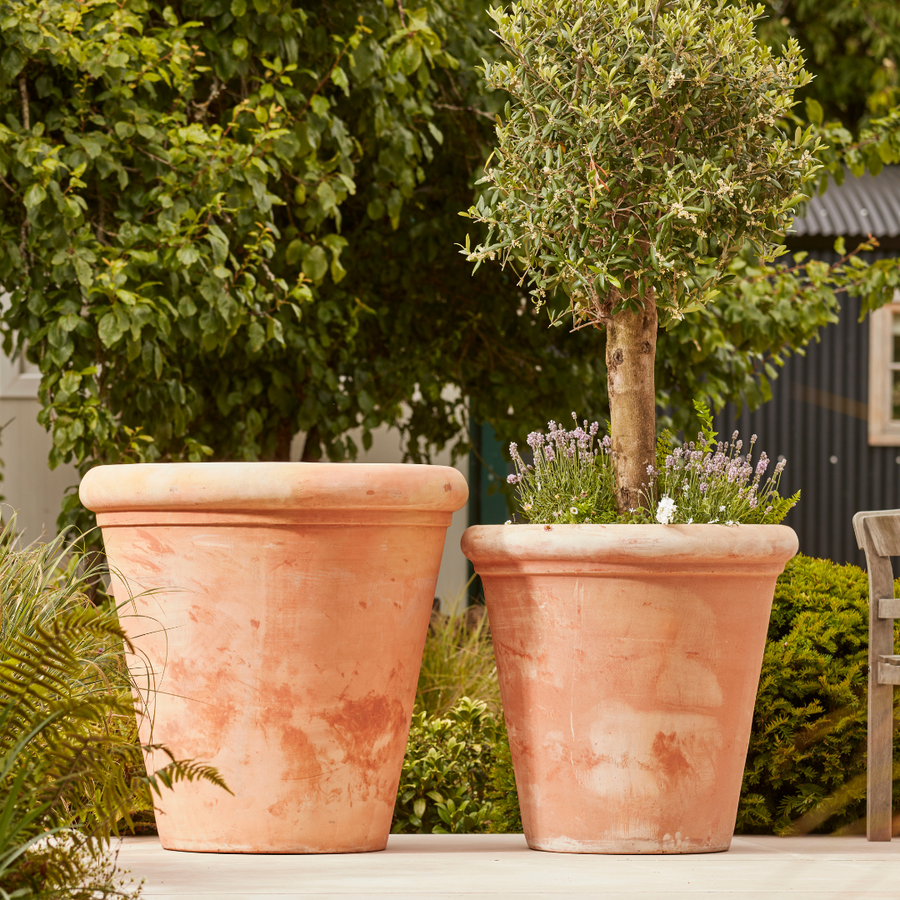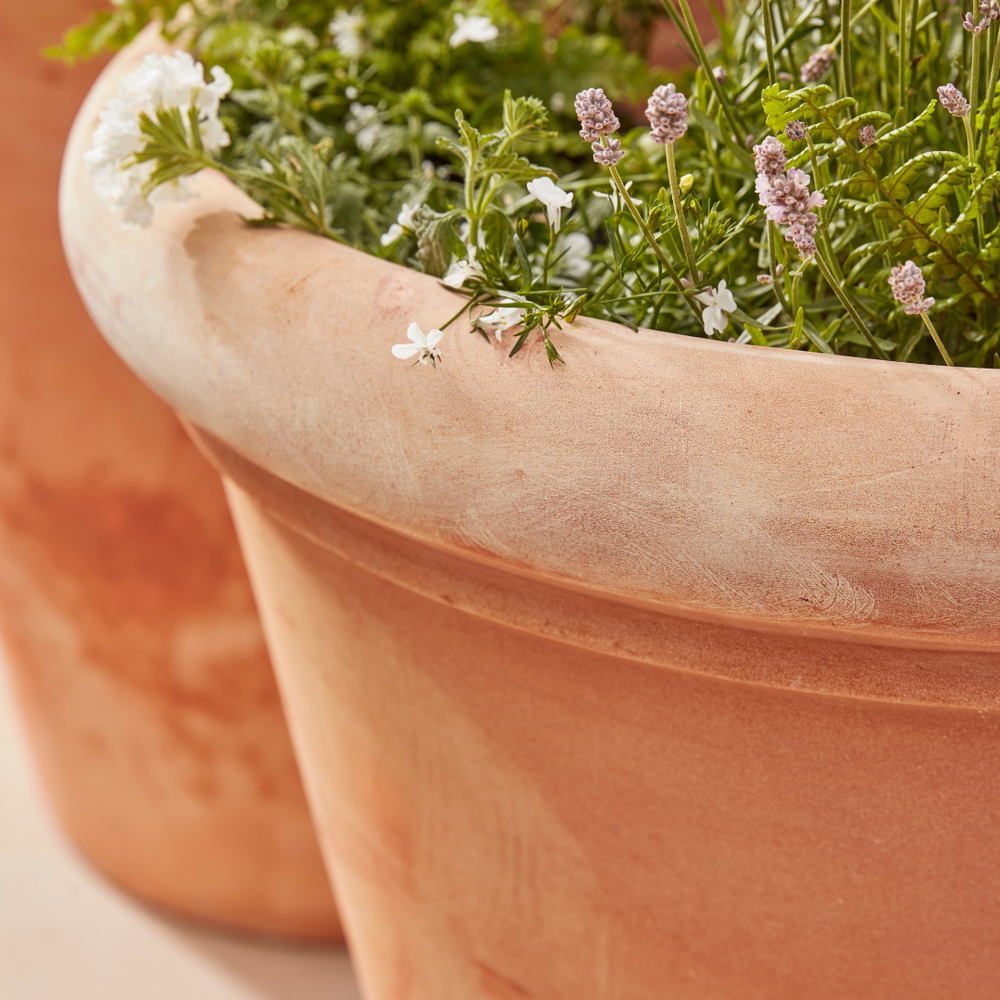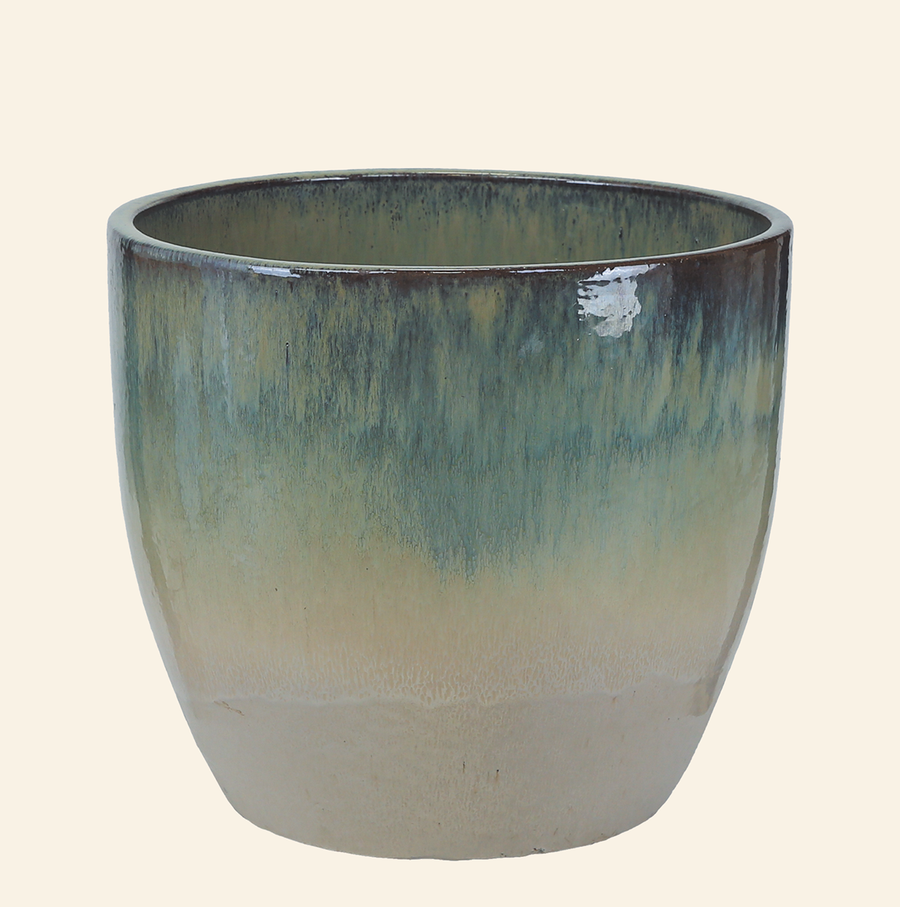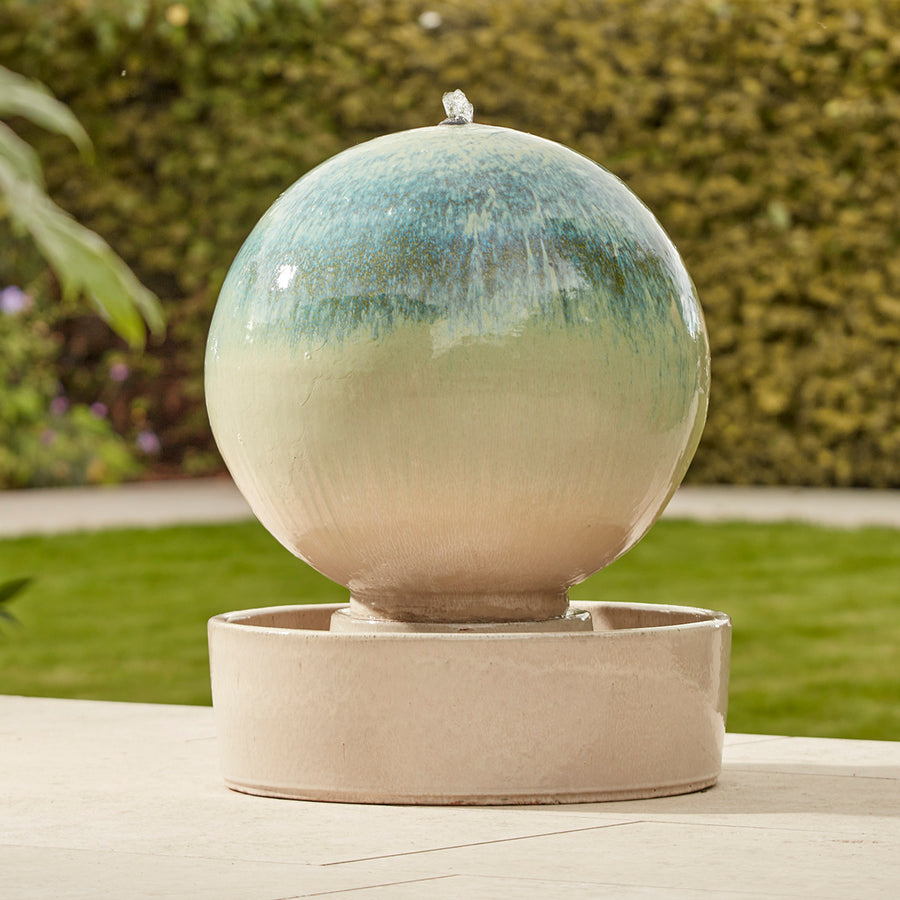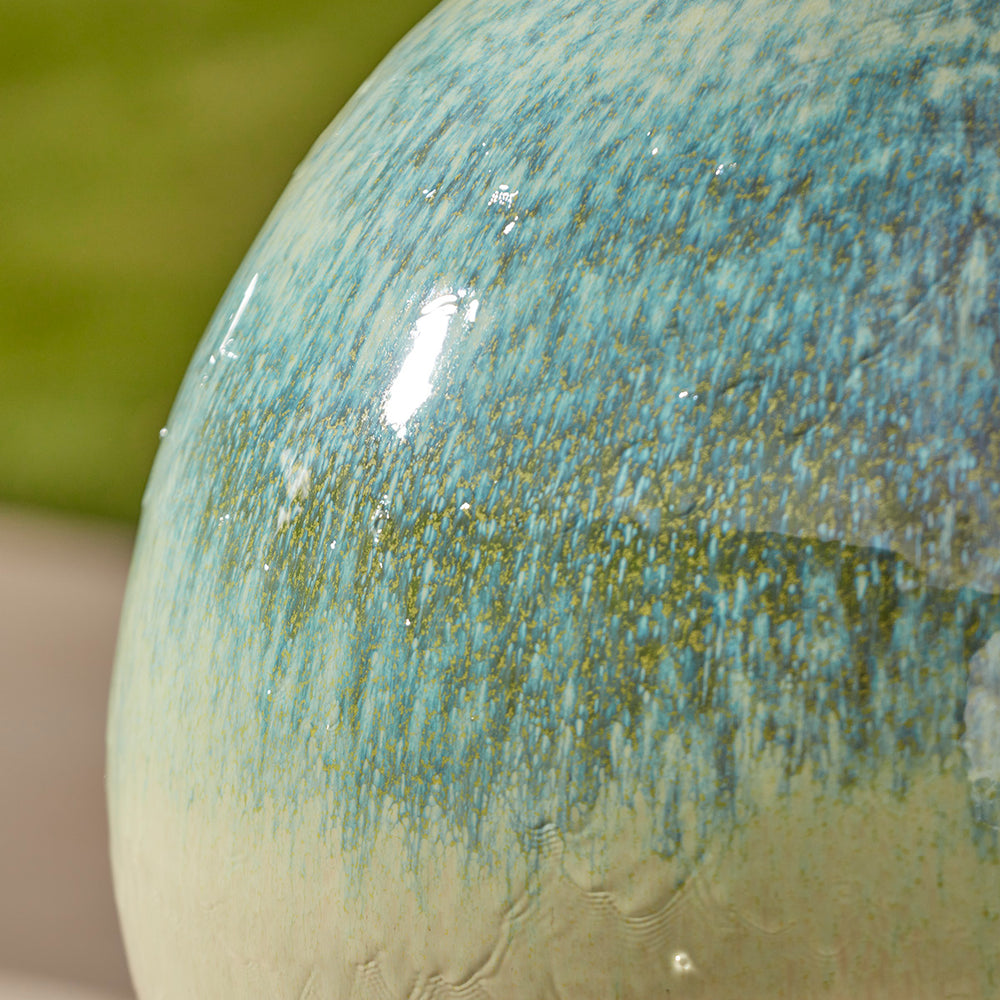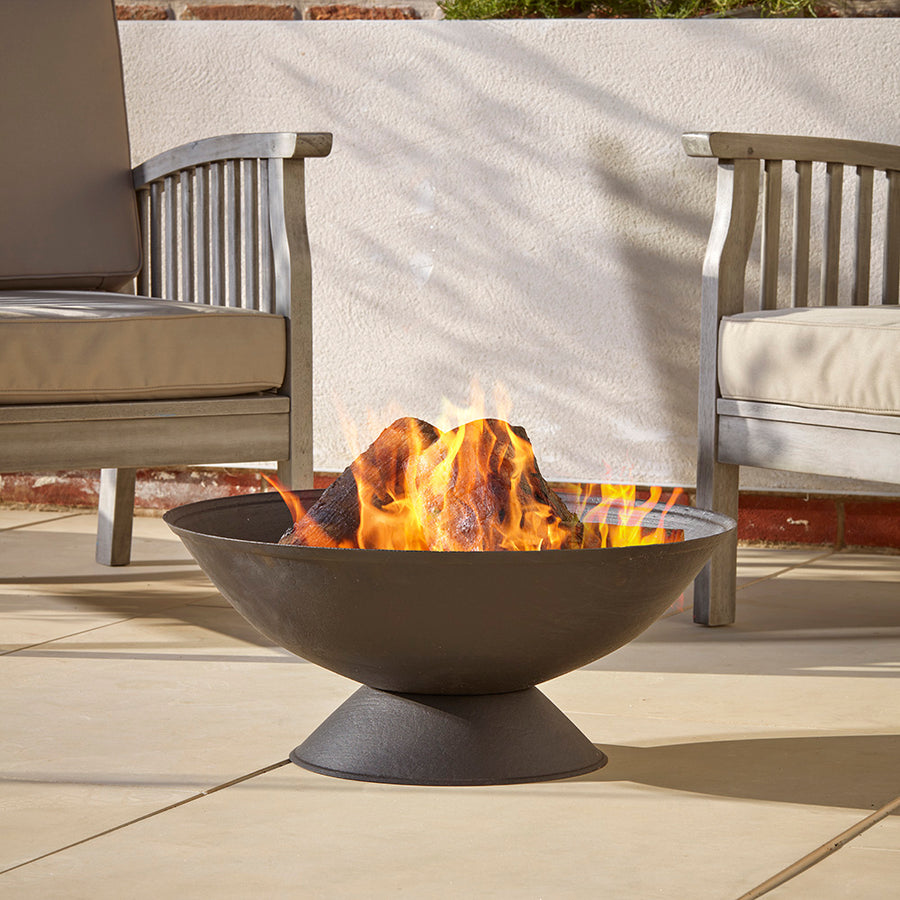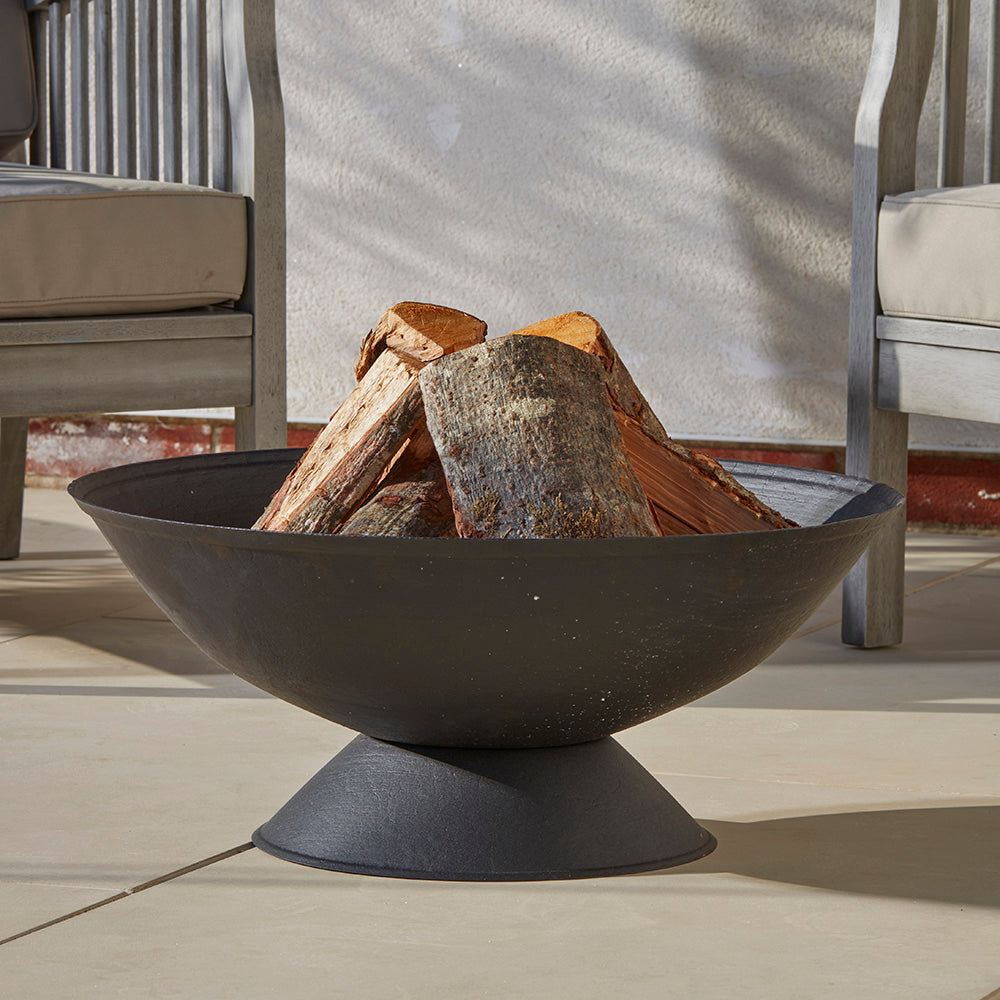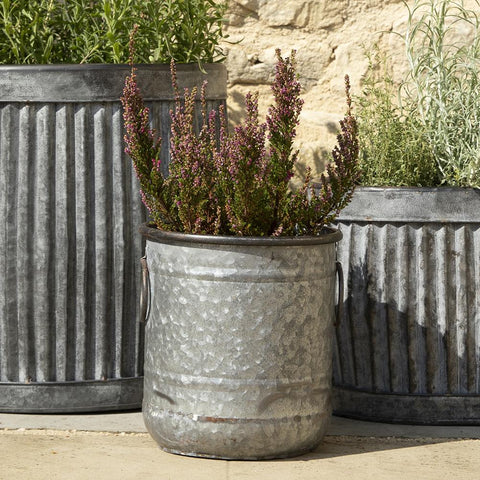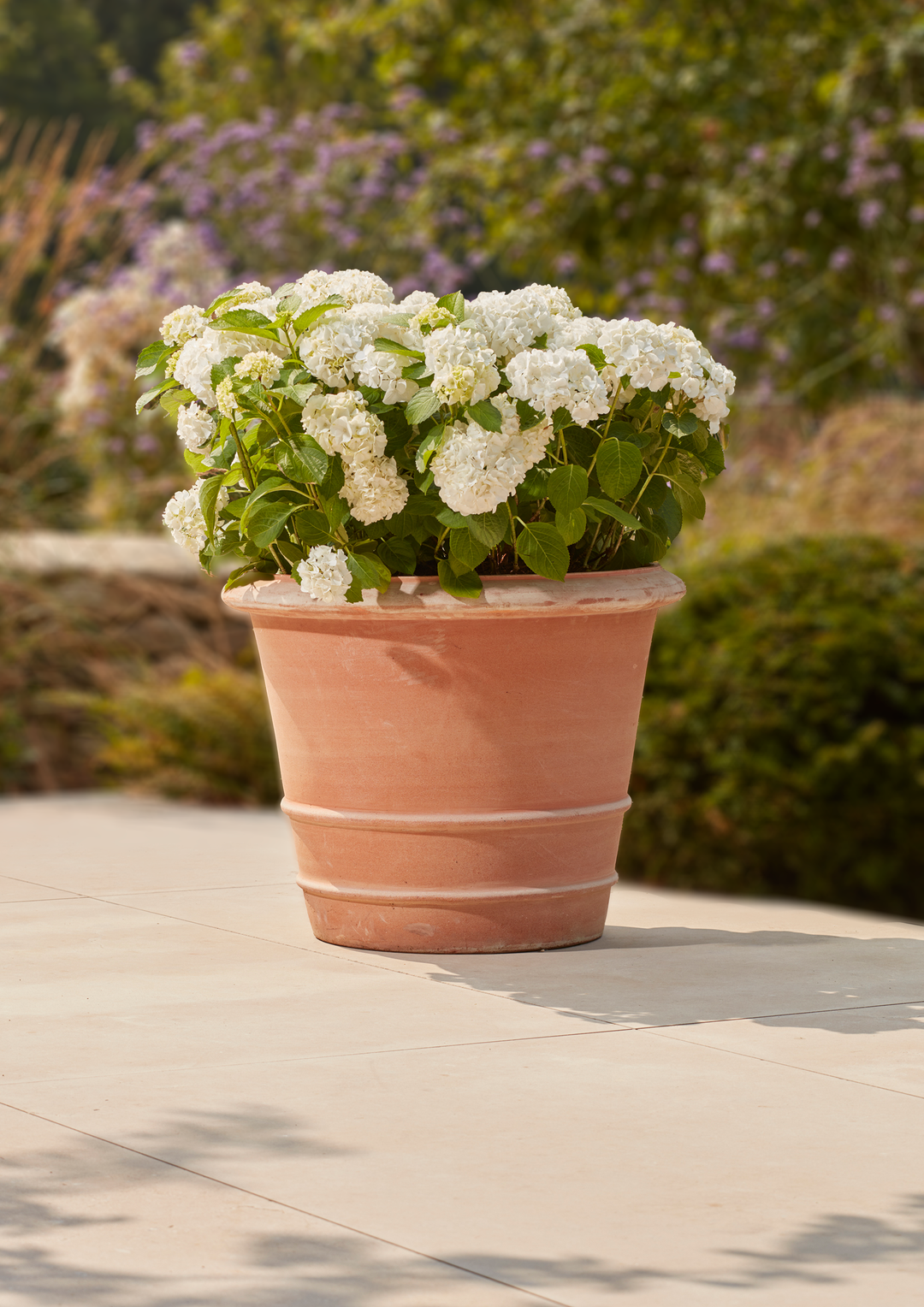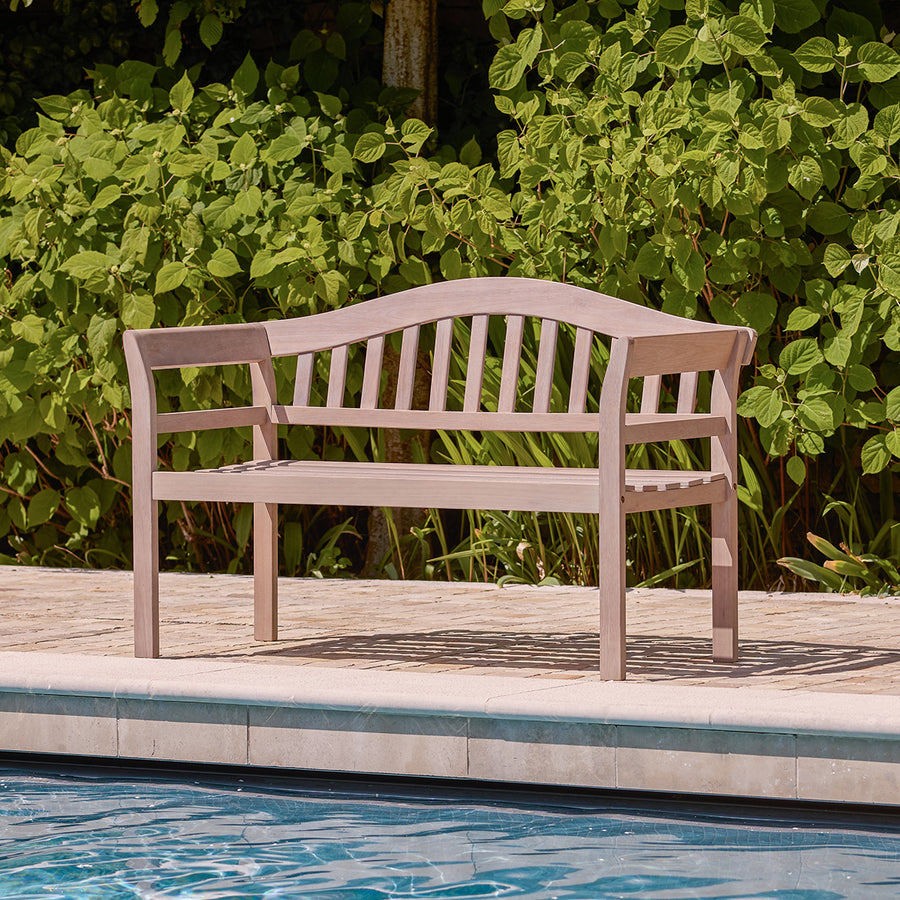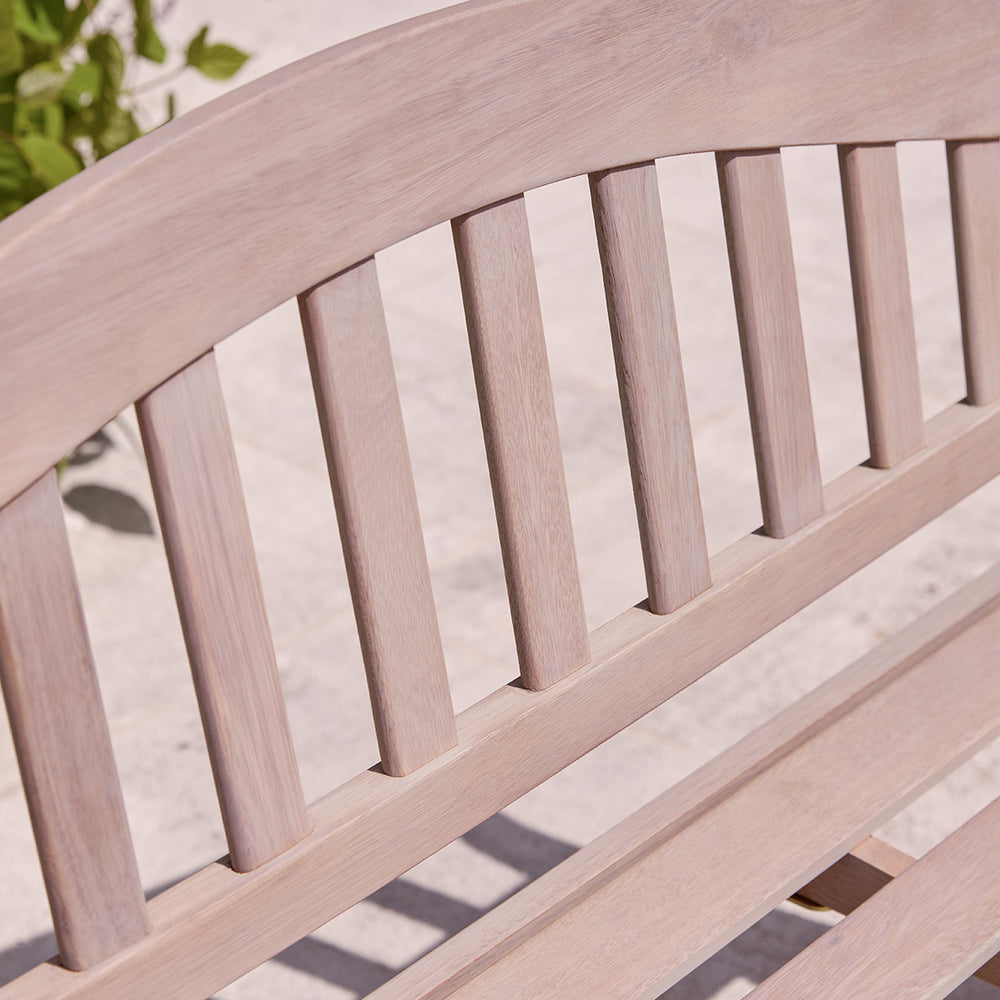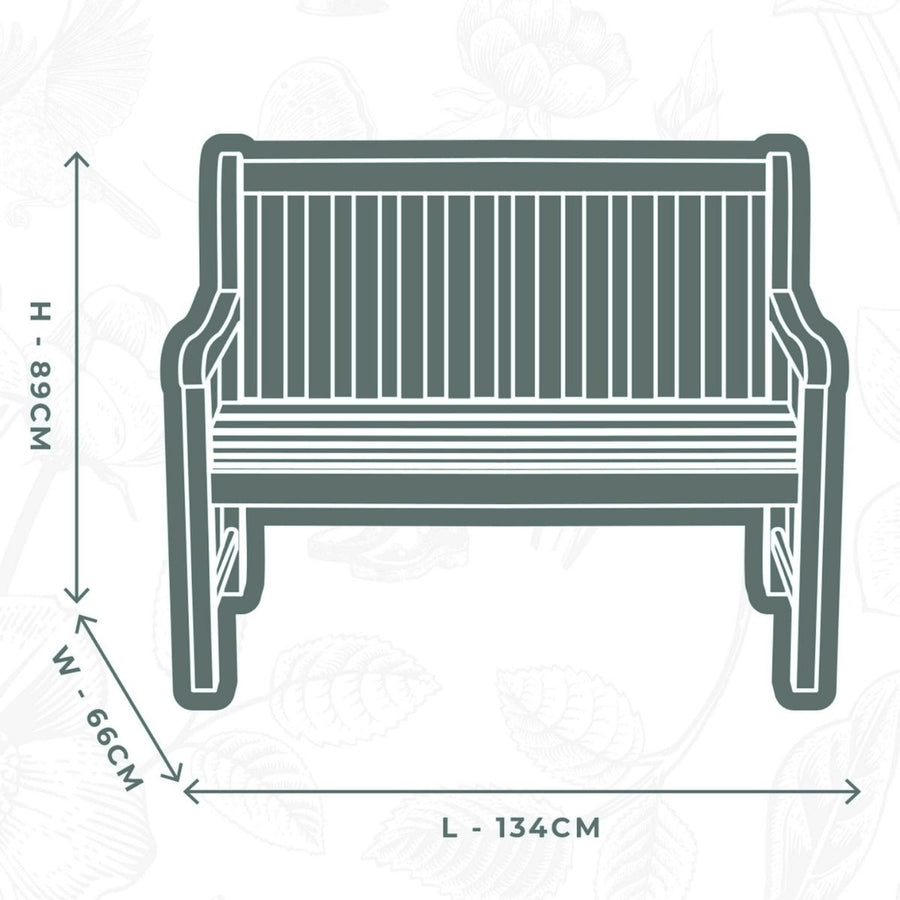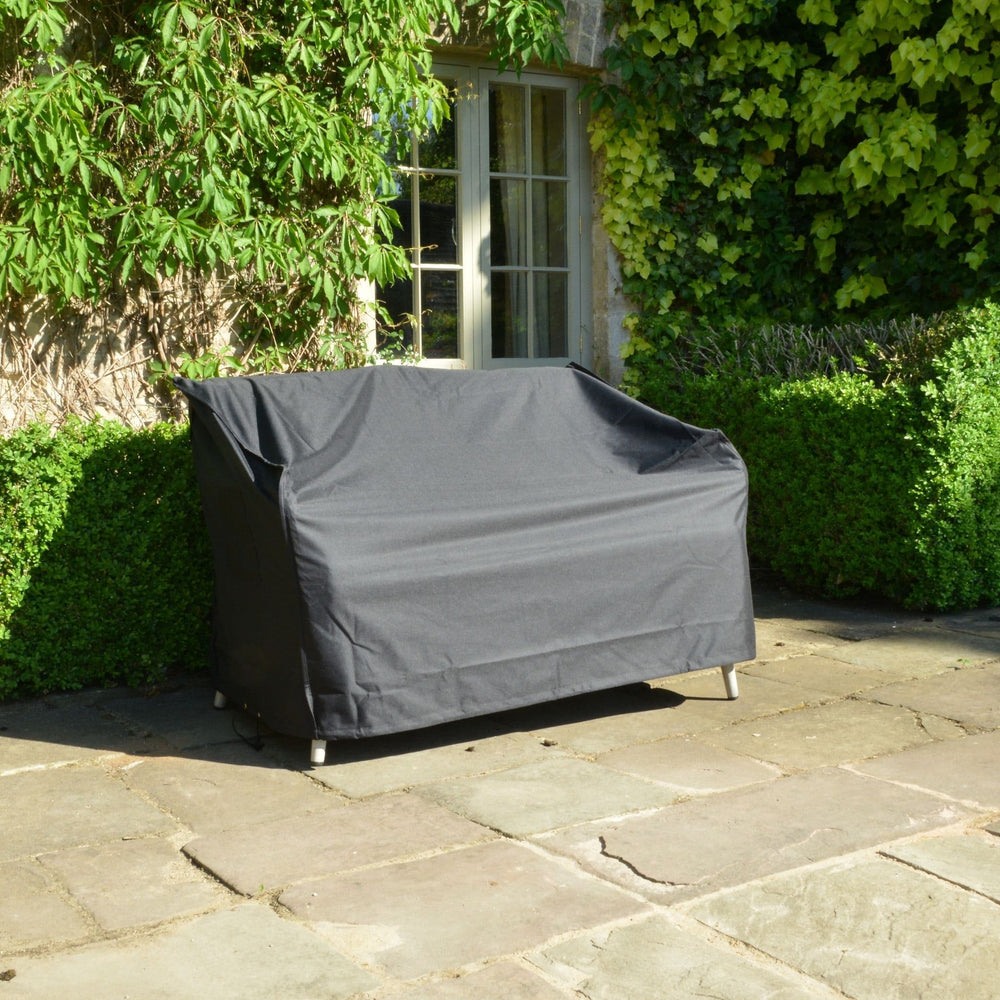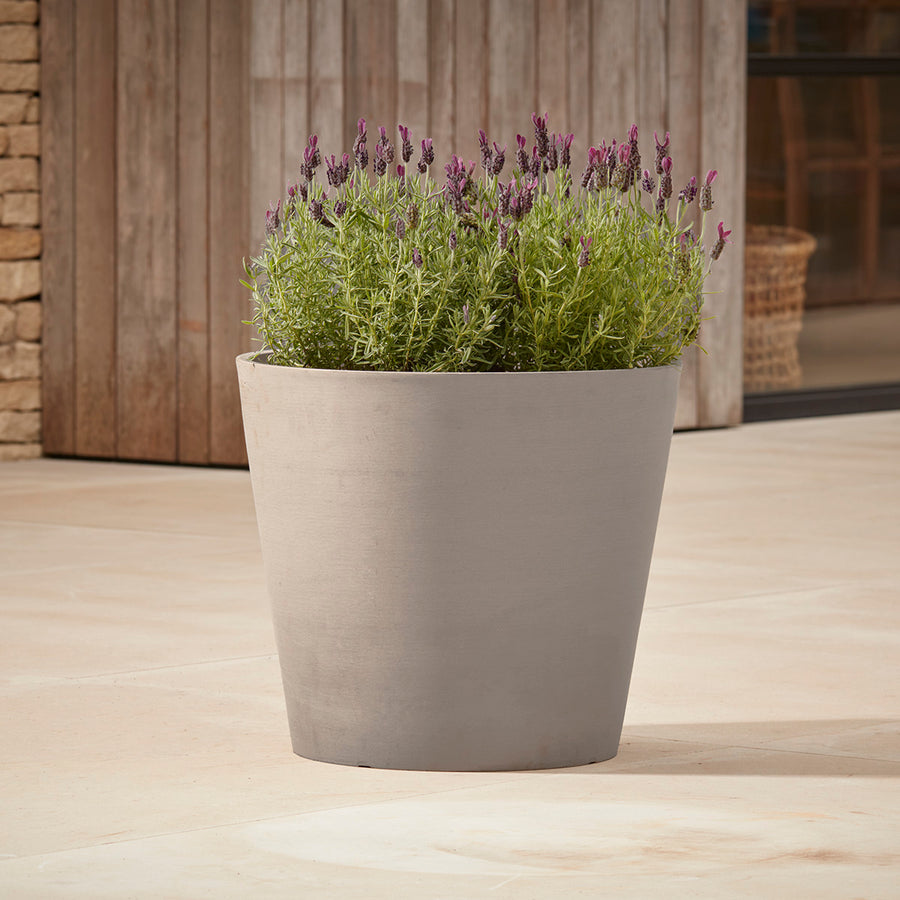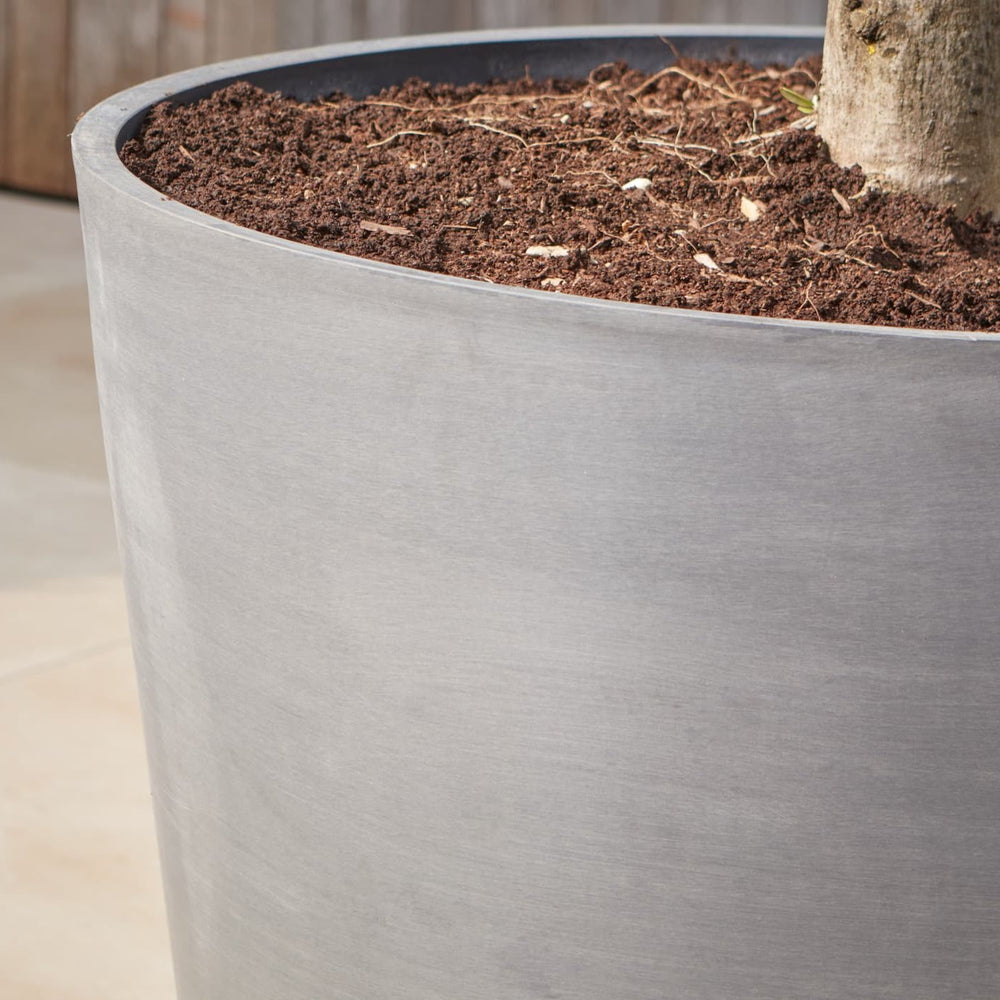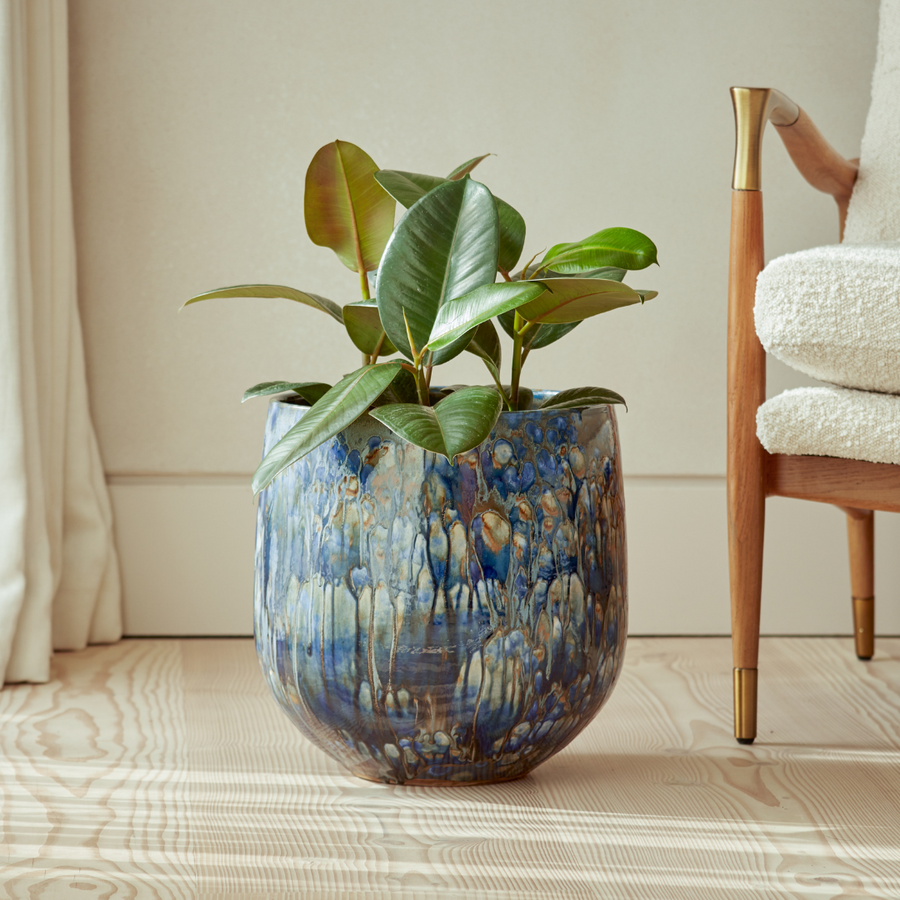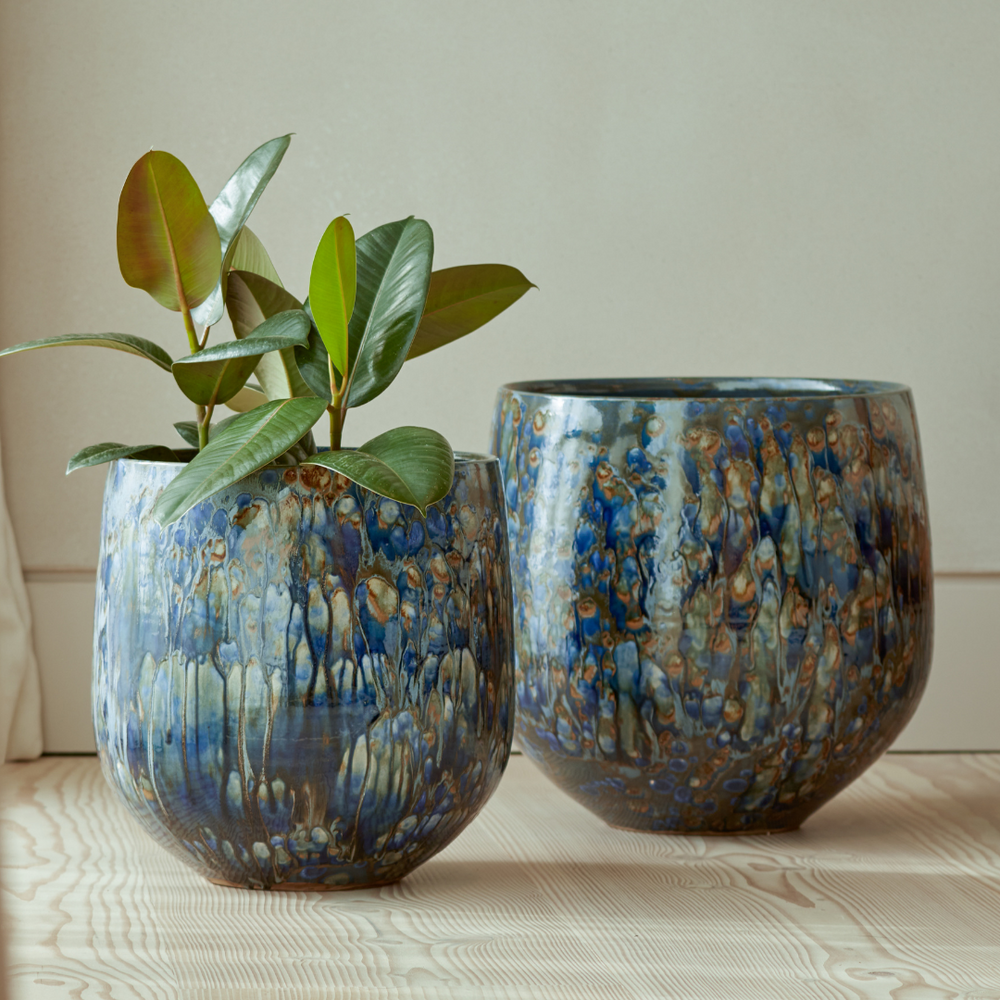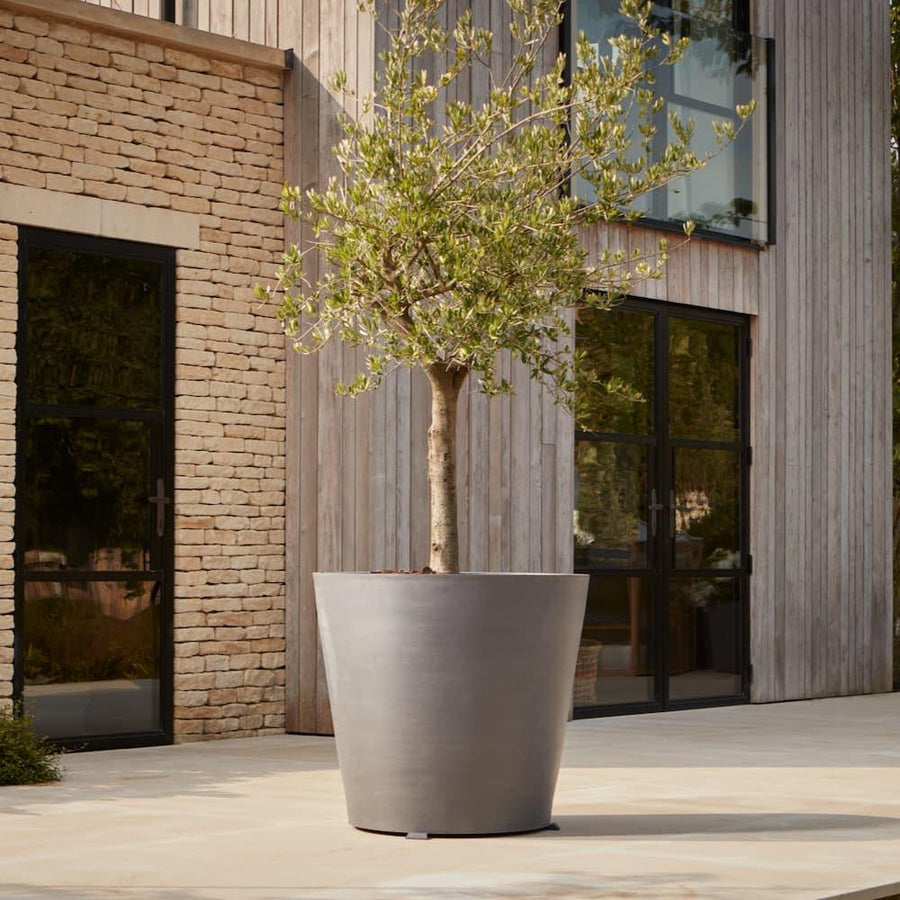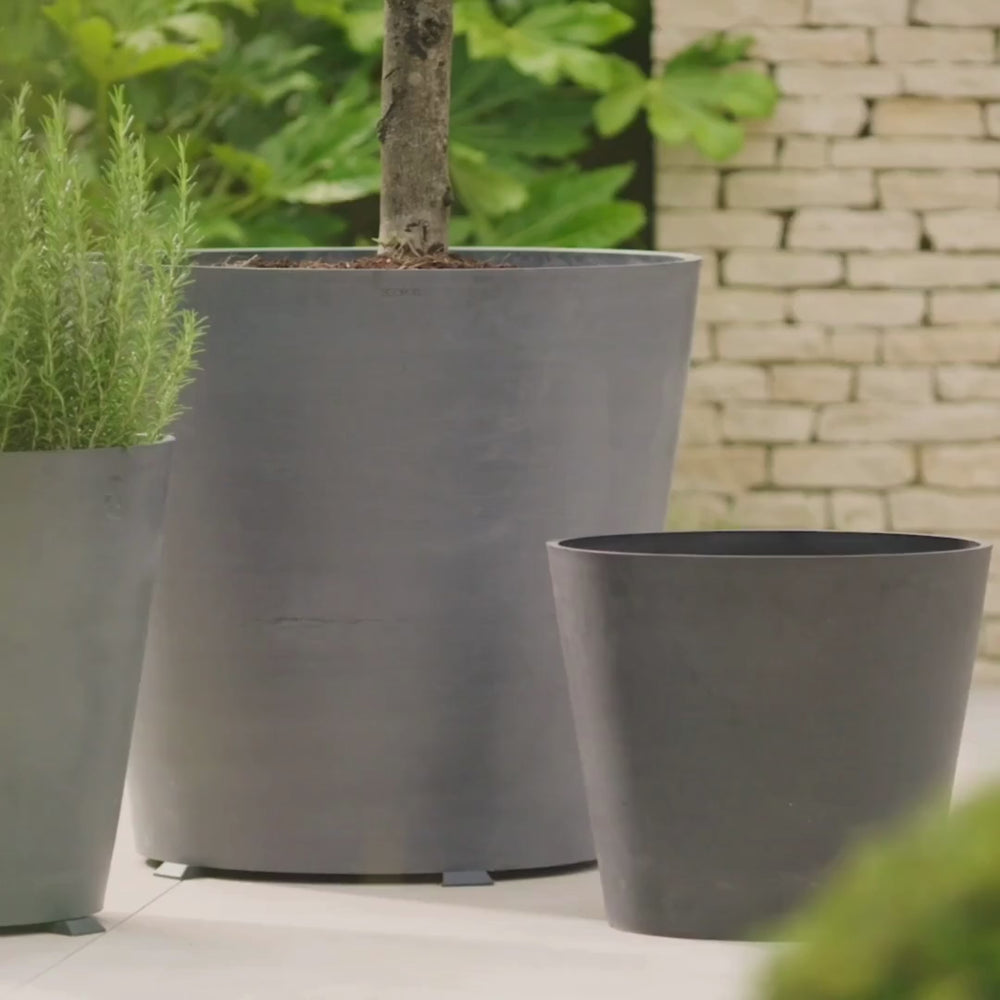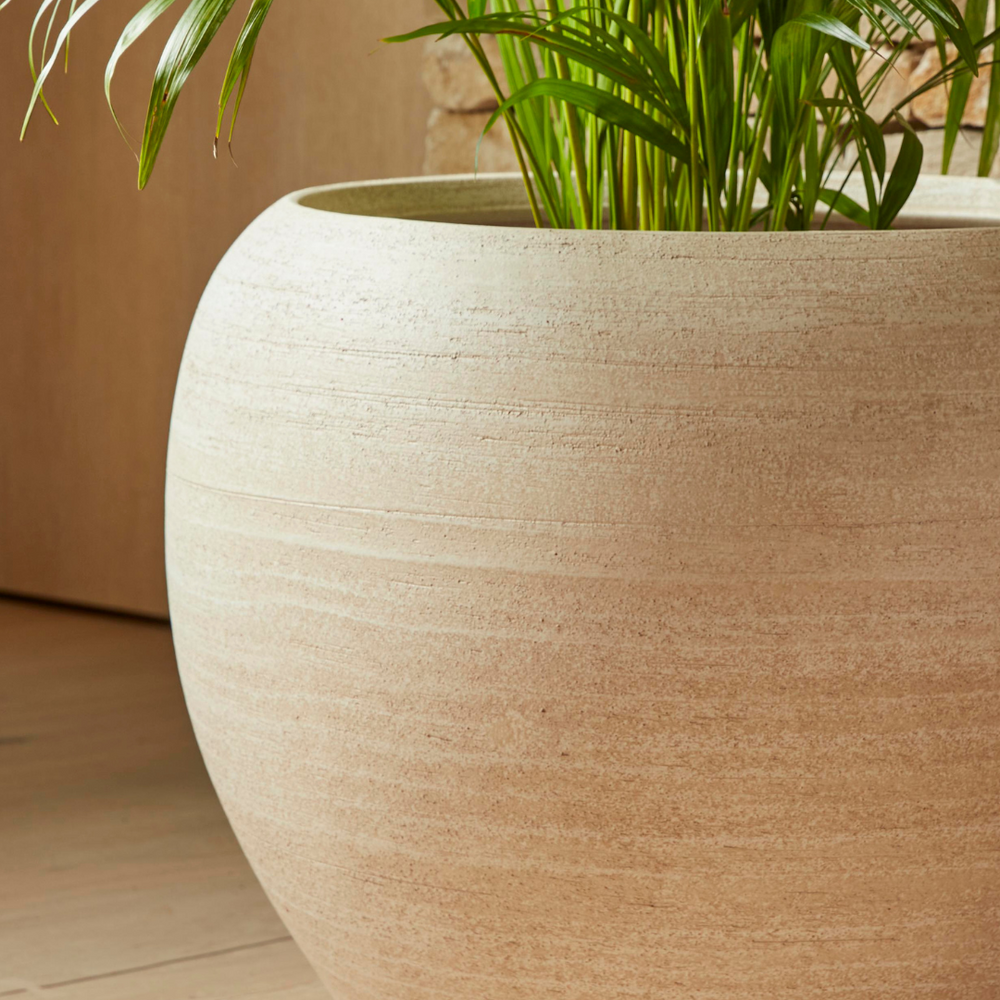A Beginners gardening journey - Top 5 gardening projects for new gardeners
Becoming a gardener is a journey. It is a journey of discovery and is one of the most rewarding things you can do.
It also isn’t as scary or as complicated as it may sound. If you choose the right plants, and follow our tips, you can enjoy a blooming and thriving garden even if you are a novice. Gardening has countless environmental, and financial benefits, as well as being good for your health. Just five minutes of gardening exercise in the great outdoors can noticeably improve mood and self-esteem.
You may be thinking “How does that grow or what does that mean?” Our beginner’s guides will feature easy-to-follow advice on how to get the best out of growing.
Check out our tips below to get started on your journey to creating your ideal garden.
Create a container garden
Container gardening is perfect for all kinds of different plants, perfect for small spaces and a great choice for beginner gardeners. What’s more, they are incredibly versatile and can be updated throughout the seasons for year-round colour or moved around to switch a garden’s look in an instant.
To create an effective and striking display, cluster containers of various sizes together to add visual interest, add drama and plant up with contrasting foliage and blooms for a pop of colour.
For shrubs and flowers, terracotta, wood, and fibreclay planters are ideal but make sure you make into consideration pay the depth of the container to accommodate the long roots. Shallower containers make perfect homes for cacti and succulents, whilst large containers are perfect for fruit and vegetables.
Build a raised bed
If you have poor or compacted soil in your garden or mobility issues, raised beds are great and can revolutionise your planting space. You can grow any type of plant in a raised bed, especially vegetables and soft fruits which thrive in the space.
By giving the soil a bit of height can greatly improve drainage, and allow the bed to thaw out a bit quicker in spring. They are easy to make too and don’t require any special equipment apart from some treated wood, a screwdriver and a saw.
You need to be able to reach the middle of the bed when standing or kneeling at the side. Therefore, it is best to keep a bed to a maximum width of four feet (1.2m).
Pick your length and cut a few boards for the siding. Make sure you level the ground and pull large weeds out before placing. Assemble the bed using some corner brackets then fill with a nutrient rich compost and you’re ready to plant!

Plant a wildflower garden
Planting a mix that is full of nectar-rich plants that will bring your garden to life as bees, butterflies and birds are attracted to your flowers. By planting native wildflowers, you will provide attractive drifts of colour throughout the summer months, turning your garden into haven for wildlife and attracting a wide range of beneficial insects.
Wildflowers can be planted in early autumn or late spring and all they require is a sunny patch. Popular wildflower seeds include oxeye daisies, cornflowers, poppies, sorrel, cowslip, clover (white and red), buttercups ragged robin, primrose and wild marjoram.
To sow, rake the soil evenly then sow by hand. We recommend a ratio of around 1g per square metre. Once your seeds are sown, rake it in and water thoroughly. You can also protect the seeds with a netting to keep the birds at bay.

Make your own compost
A rich nutritious compost will keep your plants strong and healthy. It is extremely easy to make your own compost, using your garden and food waste, not only is it cheap but your garden will thank you for it too. Compost improves soil structure, can retain moisture and in heavy soils can aid better drainage.
Things you can compost at home include grass cuttings, leaves, dead plants, clippings, fruit and vegetables, coffee ground, egg shells and plain cardboard. By creating your waste into a pile, microorganisms will thrive and break down the waste, turning it into compost. You can either buy a composter or build your own bin with wooden pallets and then ideally turn the compost every 3-4 weeks.
Plant a kitchen garden
If you have little or no outdoor space, you can still grow a mini garden indoors or on your balcony or yard. And what could be more convenient that a kitchen garden? To grow well indoors, herbs and salad leaves need as much natural light as possible. Place them in a sunny spot on a windowsill that faces south and receives at least 6 hours of sun daily.
Herbs such as rosemary, basil, chives, coriander and parsley are best started from seed and replanted throughout the year. Home grown salad is 100% tastier and easy to grow indoors all year round. Lettuce, rocket, chicory, lettuce, spinach, cress, mustard, pea shoots and other crunchy leaves are just some examples of what you can grow for a constant supply for use in the kitchen.


